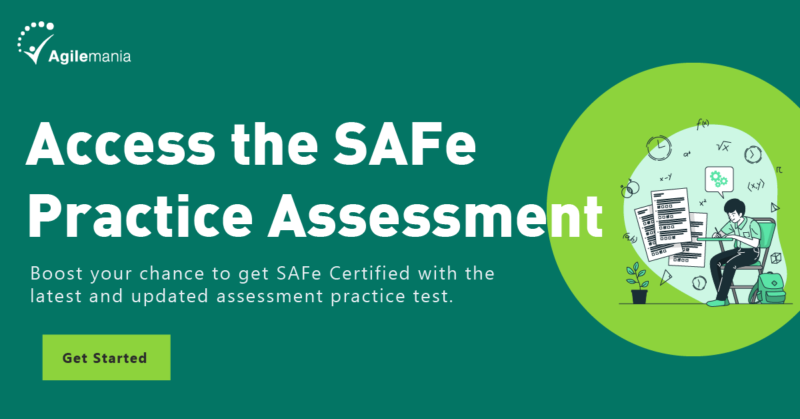
Preeth Pandalay
An executive turned transformation consultant with 25+ years of learning, Preeth trains and coaches... Read more

An executive turned transformation consultant with 25+ years of learning, Preeth trains and coaches... Read more

SAFe provides a configurable and scalable framework that supports a wide range of organizations - from small businesses requiring few teams to large enterprises developing complex systems requiring hundreds or thousands of people.
SAFe's ability to provide the breadth, depth, and scalability needed to achieve business agility for organizations of varying size and complexity lies in its core values of alignment, built-in quality, transparency, and program execution.
Alignment creates coherence and requisite focus that encourages the teams' commitment, flexibility, and accountability necessary to keep pace with the constant change and disruptive forces when working with geographically distributed teams.
In a nutshell, alignment enables empowerment, autonomy, and Decentralized Decision-making, allowing those who implement value to make better local decisions.
Building quality into the product or service is a prerequisite of Lean and flow to avoid an obscure amount of rework resulting from large batches of unverified and invalidated work. Any rework is a waste resulting in loss of productivity, employee engagement, and profits too.
As the complexity of products increase, built-in quality becomes an intrinsic need to deliver new functionality with the shortest sustainable lead time and to adapt to rapidly changing business and technology landscapes.
Building quality into products or services results in
Without transparency, facts are obscure and vital decisions would be based on perceived state or speculative assumptions that lead to disastrous outcomes.
Transparency keeps the other two pillars of the empirical approach, namely inspection and adaptation, from becoming mere mechanics by providing evidence-based and experience-based decision-making capability.
The Lean-Agile Leadership has a pivotal role in creating an environment that fosters safety and trust that enables transparency.
SAFe has a deliberate focus on working systems and meaningful business outcomes achieved by implementing the Agile Release Train(s). Agile Release Trains make the ability of Value Streams to deliver value a reality.
Complex product or solution development is hard, so ARTs provide a closed-loop learning cycle to continuously improve execution with every program increment.
Alignment, Transparency, and Built-In Quality enable the team to focus on execution.
The Leadership that has internalized the SAFe Lean-Agile Principles, practices, and customer-centric behavior continues to be the cornerstone in creating a Continuous Learning Culture that helps an organization to thrive in the volatile, uncertain, complex, and ambiguous world.
An executive turned transformation consultant with 25+ years of learning, Preeth trains and coaches organizations to be agile and more importantly to stay agile. Preeth’s pragmatism finds its root in his diverse experience at various leadership positions.
WhatsApp Us
Sumeet is an excellent coach and can relate the subject to the day-to-day work we do. That makes our understanding easie...
I attended PSPO Training by Sumeet Madan last wakened and I must say it has been the best training ever. He did not open...

I had recently attended PSPO training with Sumeet Madan and it was fantastic! His expertise in Agile product ownership i...

Excellent way of providing the training by Preeth. Scenario based teaching approach makes it extremely easy to learn and...

I recently took the ICP-ENT (Enterprise Agile Coaching) training with an online course. The customer service was great a...

We will get back to you soon!
For a detailed enquiry, please write to us at devops@agilemania.com
We will get back to you soon!
For a detailed enquiry, please write to us at devops@agilemania.com



